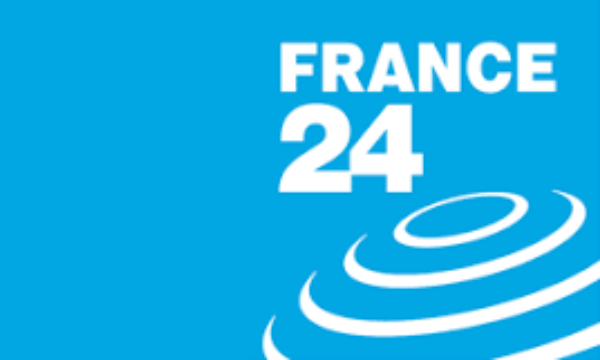
The regional “north” of Australia has become increasingly important in policy and politics in the past decade. The 2014 Developing Northern Australia White Paper identified the untapped potential of the region given its proximity to trading partners, and the past three elections proved politically it’s not a region to take for granted.
As such, the Coalition is unveiling their electoral spending for rural seats in the great “north”, with a promise to spend $678 million to upgrade the “outback way”: the 2720 kilometres of road that run from Queensland, through the Northern Territory to Western Australia. That’s a three-for-one northern plan.
This idea of the NT, northern WA and northern QLD being one homogenous rural “north” is not a new feature of electoral campaigning — and neither are announcements to seal the outback way. They act as a way of appealing to an entire region.
All roads lead north
Ever since the 2013 federal election, there has been significant campaigning effort in what was once considered a series of uncontentious and unmovable voting blocs.
In 2013, Kevin Rudd campaigned with a northern Australia policy of dropping the company tax rate for NT headquartered companies, and the expansion of the Ord River Irrigation Scheme in WA. This came before the 2014 white paper sharpened the policy agenda for the north.
In the first major sign of a policy shift north, the Northern Australia Infrastructure Fund (NAIF) was announced in the 2015 budget under Tony Abbott and formed a major part of Malcolm Turnbull’s 2016 election bid for northern Australia. The $5 billion fund finances projects in the greater north that meet a range of criteria, including public benefit.
During the 2016 election, Bill Shorten spent considerable time campaigning in Northern Australia, and backed the NAIF plan, with the caveat that he would reallocate $1 billion to be used for smaller projects to boost tourism. The fund was eventually legislated in 2016 by the Turnbull government.
The change in the voting habits of the region was never clearer than in 2019, when northern QLD delivered the surprise win to the coalition. Northern Australia was no longer a region to be taken for granted.
What has NAIF achieved?
NAIF continues to be central to the Coalition’s Northern Australia policy. The government added $2 billion to the fund last month. But of the initial $5 billion committed, only 10% has been used, bringing the efficacy of the scheme into question. Rod Campbell, research director at the Australia Institute, has previously said that while investing in the development of Northern Australia is a good idea, NAIF “hasn’t demonstrated … the capacity to put the money to good use”.
Greens Senator Larissa Waters claimed it’s “little more than a slush fund for coal and gas corporations”. Ministerial veto power over the funds has also been heavily criticised, including a 2021 decision to block a wind and battery farm in Far North Queensland, which had been approved by NAIF.
Sights set on the top end
The Coalition is eyeing further inroads in the top end. The seat of Lingiari, which covers much of the Northern Territory, represents a real opportunity for the Coalition. The road, touted by Nationals Leader Barnaby Joyce, will run directly through the electorate, which has been a safe Labor seat since its creation in 2001.
Both Scott Morrison and Joyce are spending time in Northern Australia and are expected to continue campaigning heavily there, so stay tuned for more “north is great” infrastructure ideas ahead of the election.







